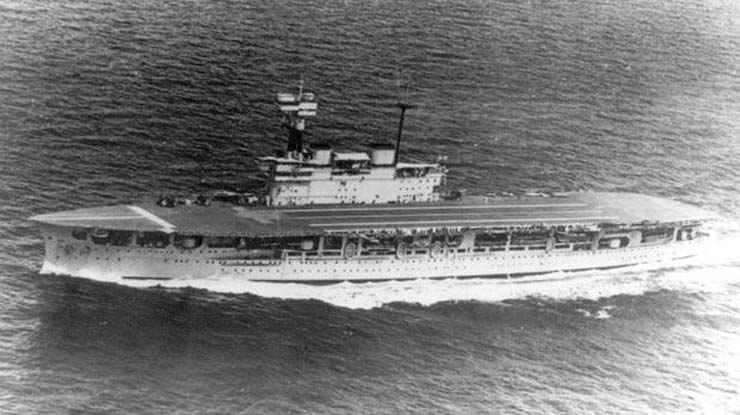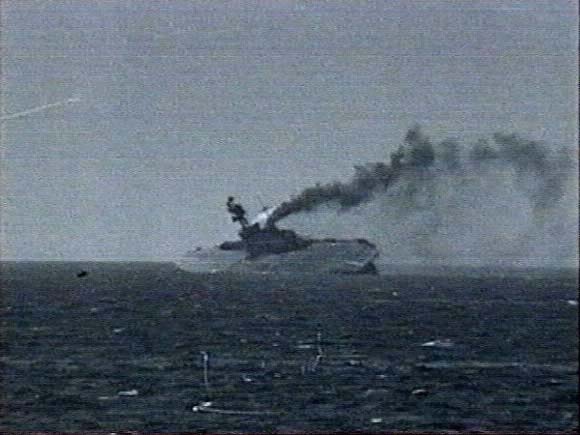Air Operations, CBI
23rd Fighter Group P-40s attack the airfields at Nanchang and Yoyang, China.
[Air Operations, Europe
BOMBER COMMANDEvening Ops:
- 154 aircraft to Mainz: 68 Wellingtons; 33 Lancasters; 28 Stirlings; 25 Halifaxes
- A lot of damage to the city center including the cathedral; 152 people killed
- 3 Wellingtons, 2 Halifaxes and 1 Lancaster lost
- 16 aircraft to Le Havre, 9 Blenheim Intruders, 9 Hampdens lay mines in the Elbe and 3 Lancasters make leaflet flights
- 1 Halifax and 1 Lancaster lost on the Le Havre raid
Air Operations, Solomons
6 Rabaul-based A6M Zeros reconnoiter the Guadalcanal area and strafe the US Marines working on the captured runway.
[Britain, Strategy
RAF Bomber Command establishes the Pathfinder Force to locate and illuminate bombing targets.
[Eastern Front
The Soviet position at Kalach on the west bank of the Don falls to the Germans. As a result, the threat to Stalingrad increases. Stalingrad is imperiled as the Russian 4th Tank Army suffers heavy losses in the bend of the Don River near Kalach. German units begin crossing into Circassia as they drive toward the Grozny oil fields.
SOUTHERN SECTORThe Soviet forces trapped in the Don bend are destroyed, the 62nd Army losing 35,000 men killed and captured. Kalach falls to the 6th Army as its pincers again meet up behind the remnants of the 62nd Army. The Soviets are retreating across the river in force, destroying the Don bridges as they go.
GERMAND COMMANDThere is a disagreement between Hitler and Halder. Halder still insists that priority should be given to the capture of Moscow, while Hitler's first objective is the Caucasian oilfields. Hitler is wrong: Germany will be able to wage war for two and a half more years without oil from the Caucasus. As the fighting around Stalingrad intensifies, however, Hitler becomes obsesses with the capture of the city, throwing more and more forces into the exposed salient that will jut out to the Volga.
[Mediterranean
A large convoy of 14 merchant ships en route to Malta is sighted by Axis reconnaissance aircraft. The importance of Operation PEDESTAL is well shown by the massive escort provided for such a comparatively small convoy. Rear-Adm Sir E. Neville Syfret leads 2 battleships, 4 carriers, 7 cruisers, 32 destroyers and other smaller craft. As well as supplies from the convoy, more aircraft are flown to Malta from HMS Furious which then turns back to Gibraltar. The carrier HMS Eagle is sunk by U-73 with 160 crewmen killed. 927 survivors are picked up by the British destroyers Laforey and Lookout and the British rescue tug Jaunty. There is an air attack on the convoy in the evening but is unsuccessful.
|
|
New Guinea
The Australian forces are pushed out of Deniki on the Kokoda Trail and retreat for 5 miles toward Templeton's Crossing near the summit of the Trail. The Australians and native troops are forced to evacuate the airfield at Kokoda, which can no longer be defended.
US Advanced Base in New Guinea, a logistical agency, is established by USASOS (US Army Services of Supply) with headquarters at Port Moresby, which is to be a supply and communications center.
[Pacific
The Japanese Combined Fleet leaves home waters for Truk in the Caroline Islands to counter the US landings on Guadalcanal.
[Vichy, Politics
In a public speech, the Vichy Prime Minister, Pierre Laval, says, 'The hour of liberation for France is the hour when Germany wins the war.'
[
